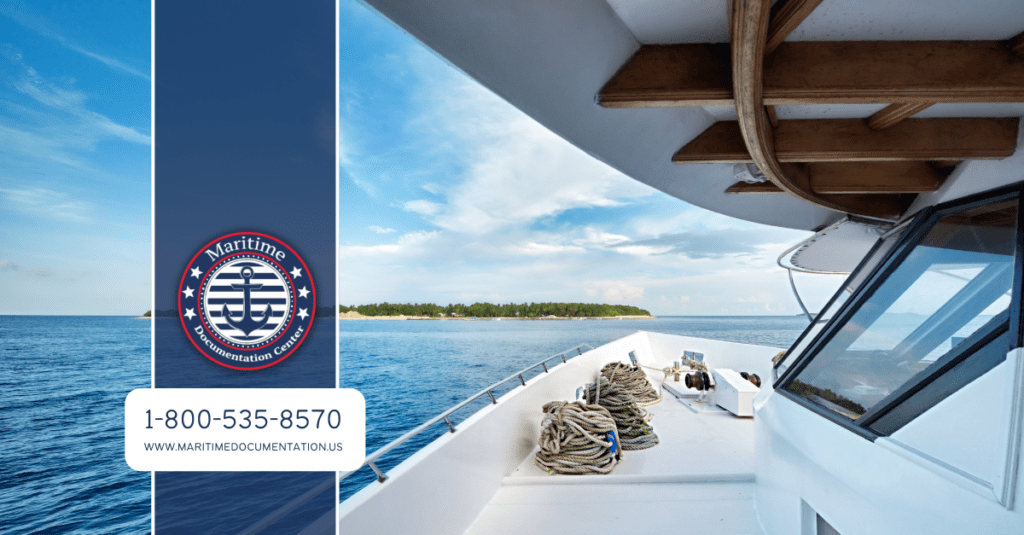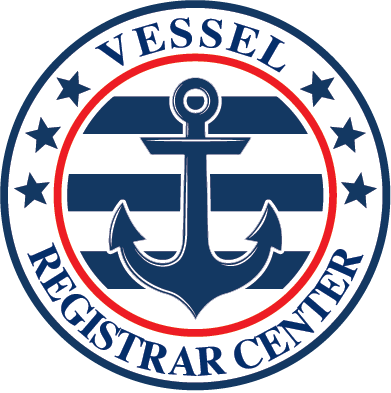The US Coast Guard takes its duty to protect Americans very seriously. Here at the Maritime Documentation Center, we talk often about the international protection provided by United States Coast Guard documentation. However, we also are inspired to share the Coast Guard’s tips for safe boating.
One service administered by the Coast Guard is the Safe Boating Campaign. It calls itself “a worldwide effort focused on responsible boating, encouraging boaters to always wear a life jacket while on the water.” It often shares safety tips, including ones for cold weather boating, which we compile and share here for you.

Cold Weather Boating Safety Tips
The Safe Boating Campaign’s biggest priority is asking boaters to make sure everyone aboard wears their life jacket, even if they are good swimmers. 2020 Coast Guard statistics state that 86% of drowning deaths in boating fatalities were people who were reported as not wearing their life jackets. Here is why this is even more important during cold weather, as well as additional cold weather safety tips.
Life Jackets Protect You in Cold Water
Frigid water temperatures have a unique effect on the human body. The initial shock can cause panic and disorient a person who falls in the water. Those in the cold water will lose muscle control in less than 10 minutes, limiting the time for even incredible swimmers to get to safety. Then, hypothermia will take over in about an hour, rendering them unconscious. When saved, you may also go through “post-rescue collapse”, fainting or falling at the time of rescue (potentially back into the water!).
A life jacket helps you in all of these situations. It helps keep you above water and can provide additional protection against hypothermia and drowning, extending how long you survive while waiting for rescue.
Important Pre-Trip Preparations
Get in the habit of filing float plans no matter how many people are going boating. This info will include details about the trip, passengers, emergency contacts, and other things that can greatly help a rescue party find you. Free templates are readily available online.
Look up what the water temperature is going to be where you’re boating. Dress appropriately for the water temperature, not the air temperature. Wear layers and pack extra clothes in case you fall in the water. If you have options, maybe consider going where the water is warmer; even a ten Fahrenheit degree difference in temperature can double or quadruple your survival time in the water.
If You Fall in the Cold Water
Try to remain calm. Keep your breathing as regulated as possible. You do not want to inhale water when gasping during your struggle.
It’s good to stay as buoyant as possible. Huddling inwards with others who are wearing life jackets will help. Even if alone, keeping your head above water makes you easier to spot. Similarly, staying as close to the boat as possible increases your chances of discovery.
Helping Rescued Victims
Help them change into their dry clothes if they are mobile. Remember that they may collapse when rescued. Do not apply direct heat on their extremities because it may cause cardiac arrest. Contact emergency services if possible.
Feeling Prepared? Then It’s Time for United States Coast Guard Documentation
Even if it’s during cold weather, when you’re ready to set course, make sure your boat is properly documented with the US Coast Guard. Find the proper course of action on the Maritime Documentation Center site at Maritimedocumentation.us and apply today!




